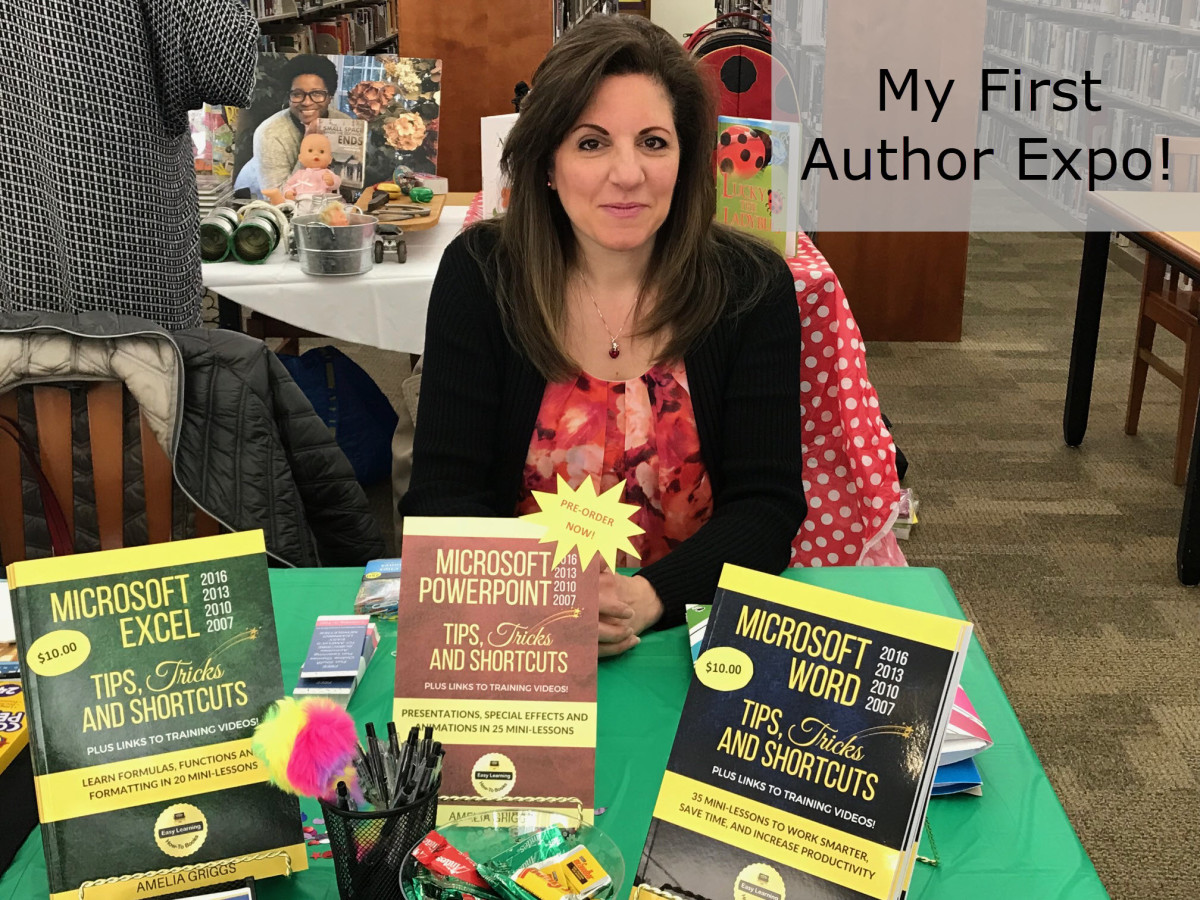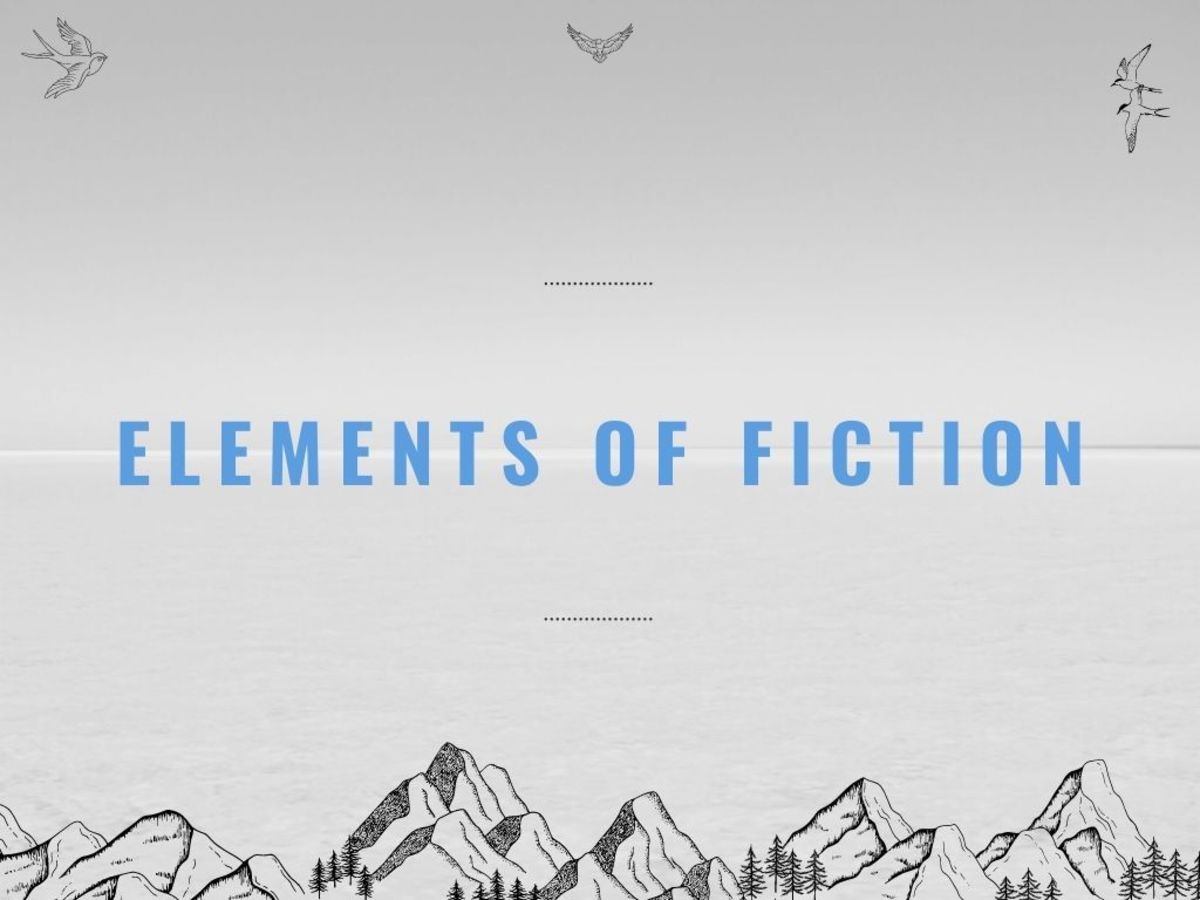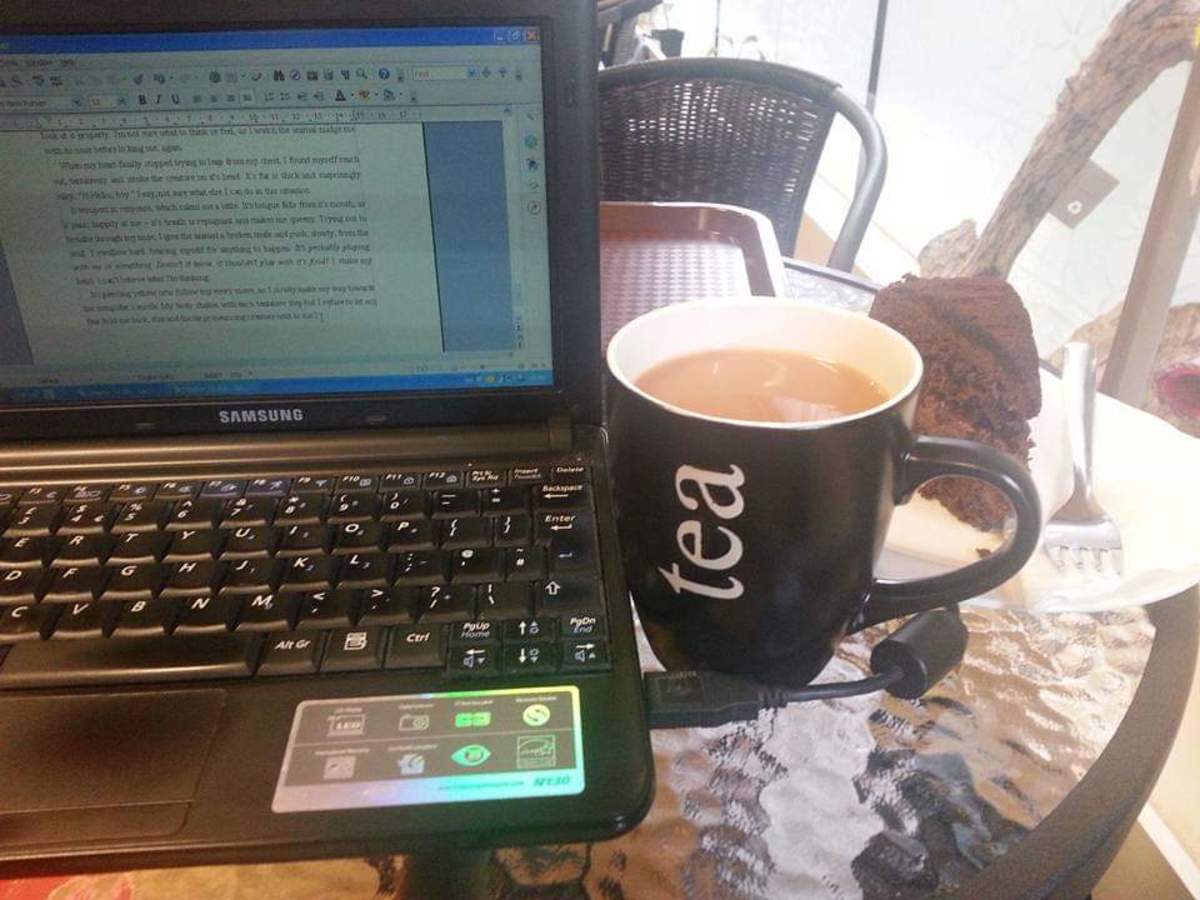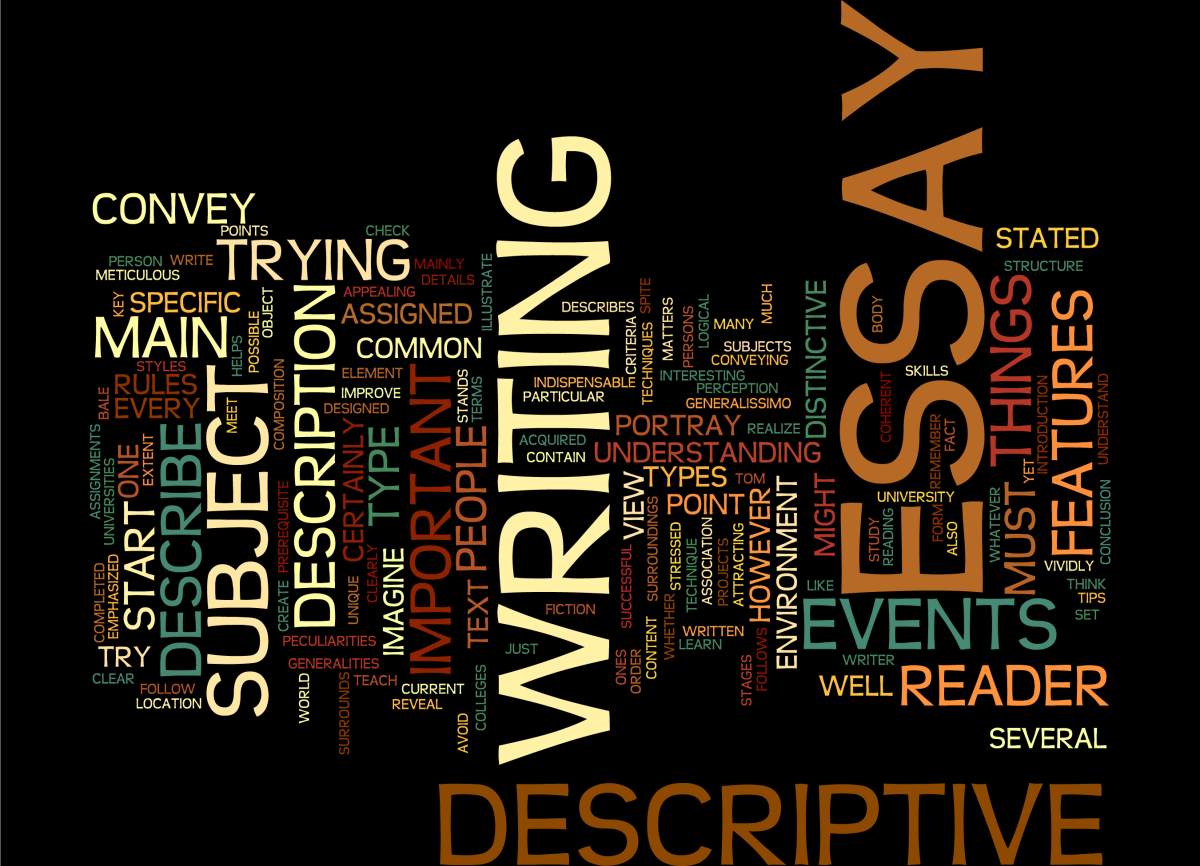The Plot Is Key

You can have a story without a plot, but having a plot gives purpose to the story. The plot is key, but what is the difference between the plot and the story?
Consider the following:
While driving home, Jack smashed his car into a lamppost.
This illustrates a basic account of an event, ie, the story of that event.
A story without a plot can be illustrated as a straight-line sequence of events and events can run on indefinitely, one after the other with no end in sight other than running out of events to describe.
While driving home after a night drinking in a bar, Jack smashed his car into a lamppost.
Here you also have the story of the same event but with the added cause of why Jack smashed his car into the lamppost. The plot in any story relates to the causality of events.
Consider that now you need to know why Jack spent the night drinking in a bar. He maybe just a drunk, or maybe there is a specific cause to his drinking that night. If so, this raises the question of what this cause may be.
The plot is the underlying driving force for why the hero does whatever they need/want/are driven to do and initiates a causal event that gives a start point to the story. Without this start point, initiated by the plot, the story is just another in a straight-line sequence of event. This causal event initiates movement in which the hero sets out to achieve whatever it is they need to achieve, which in turn, for the story to satisfy the reader, initiates the need for a conclusion. The plot therefore, initiates a process with a beginning, middle and end. The illustrative straight line of a story is turned into a circle in that the end of the story must circle around to resolve the causal event at the beginning.
The conclusion must resolve the causal event at the beginning, but the story will be very shallow unless there is some difficulty for the hero to overcome. This initiates the need for a point of conflict. The point of conflict is the key element working to prevent the hero achieving his goal. All plots centre a point of conflict.
The Three Sources of Conflict
(1) The inner conflict, such as some emotional pain or psychological turmoil within the hero’s own mind.
(2) Personal conflict, The anti-hero, or a bad guy with a big gun. This is the character that, for their own ends, is putting problems and difficulties in the hero’s path to their goal.
(3) Environmental conflict. These can range from the character’s social status. For example: a poor boy romantically involved with a girl from a wealthy family. A burning building, such as in Towering Inferno, a capsized Liner such as Poseidon Adventure, but not a burning building set on fire as an event during the storyline.
You should be able to differentiate between plot conflict and story line conflict. The plot conflict of the anti-hero is what causes their actions. The story-line conflict is the many and varied obstacles the anti-hero creates to prevent the hero from achieving their goal.
A good plot involves complexity and complication. These three elements of conflict can be mixed to create that complexity and complication.
Consider Clint Eastwood as the detective Harry Callahan. He faces problems with senior detectives, which is environmental conflict. He has a drink problem, the inner conflict, and he’s always chasing some bad guy with a gun, the personal conflict.
Further complexity can be created with the addition of sub-plots.
A good sub-plot mirrors the principles of the main plot and as an exercise, should, with a little rewriting to cover the interwoven elements, be removable from the main story as a stand-alone short story. The key characters will have a causal event for the way they act and may have individual point/s of conflict. This is then woven, like a knitted jumper, into events as the main plot unfolds.
There is no limit to the number of sub-plots you can add as long as these do not overwhelm the main plot and storyline. Sub-plots can be complex or simple. Some can appear and are resolved quickly while others may extend throughout nearly the whole story, though they should be resolved prior, or at least just before the main resolution. The illustration of a story with sub-plots is a circle with loops as it progresses round.
The plot is key. It centres around conflict on one or more levels and creates a starting point for the process of telling the story. It is the reason why the events in the story take place. The trick is to separate the plot from the story and if you can do this, you should be able to describe your plot in as little as a sentence or two at most.
Outlining the story will require a full synopsis of events, but the ability to describe your plot in as few words as possible is its selling point when submitting to an editor. Editors are busy. They don’t want waffle and often read the plot and little more.
The plot is key. Make sure you know what it is.








